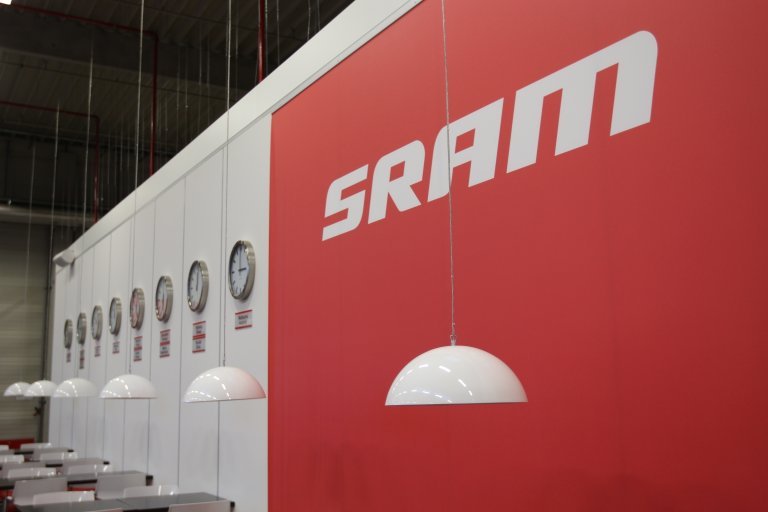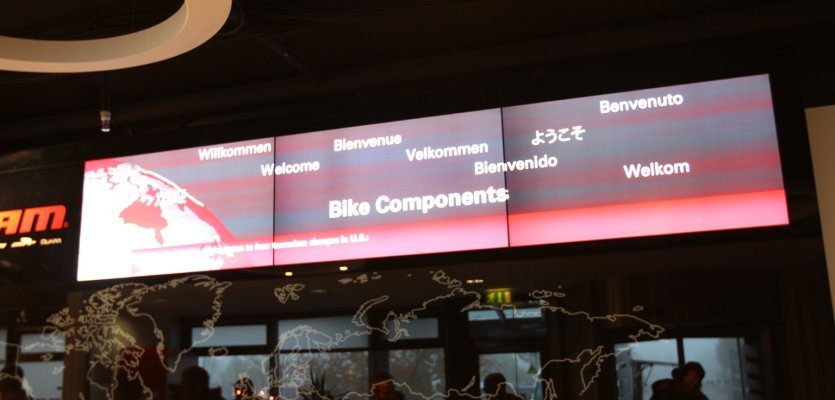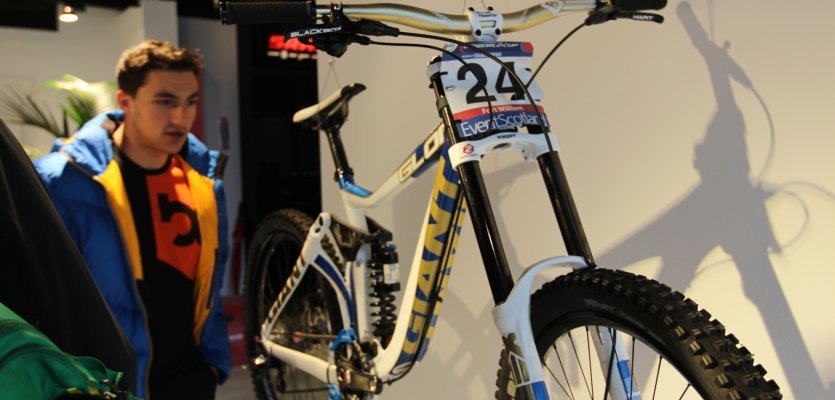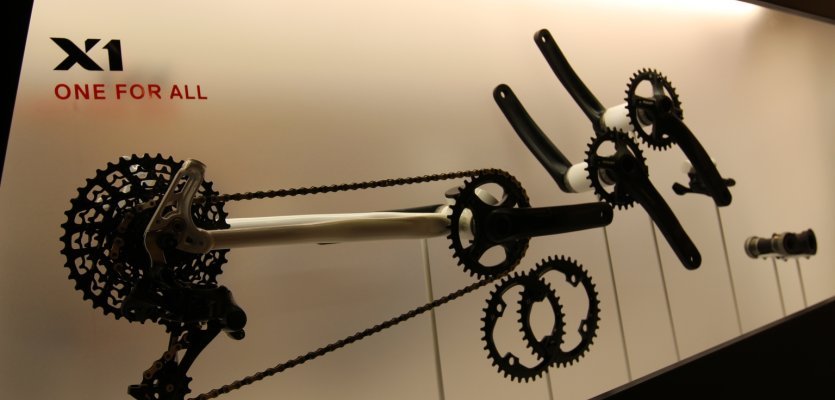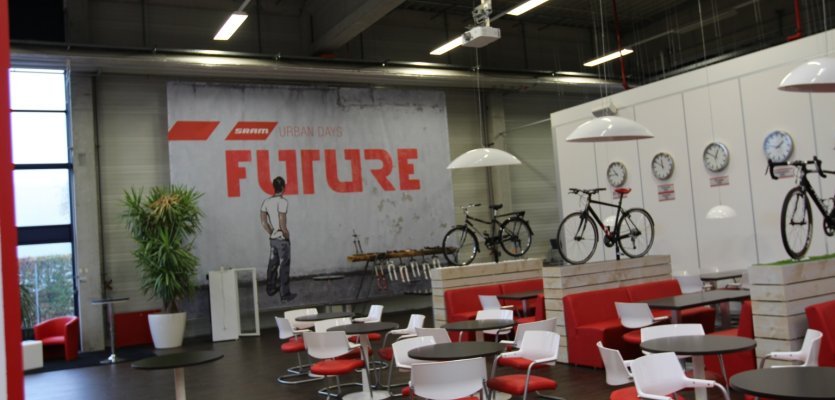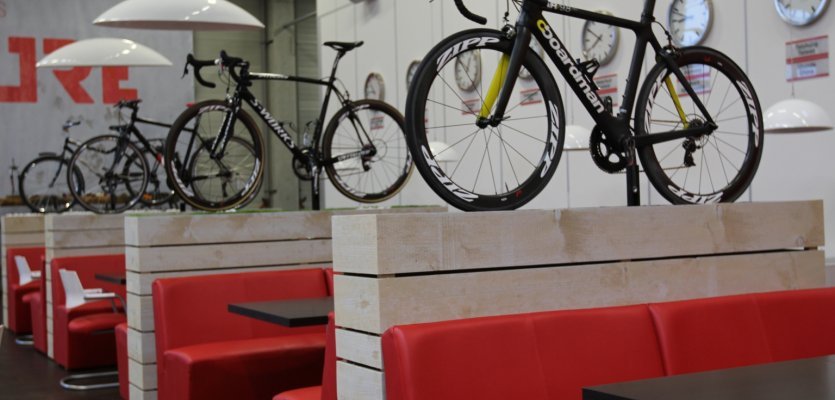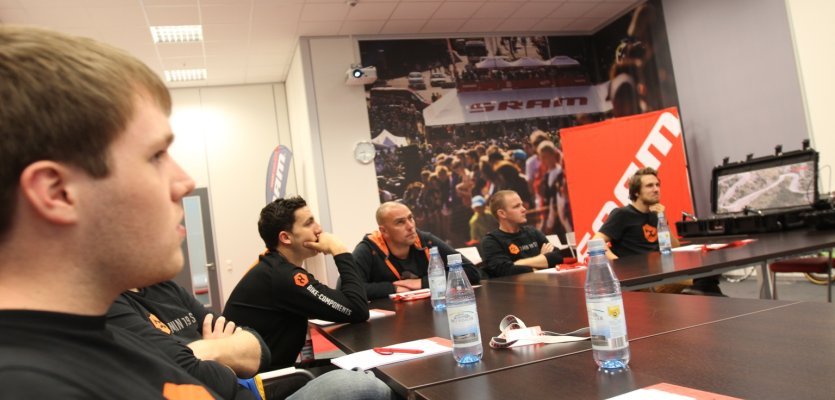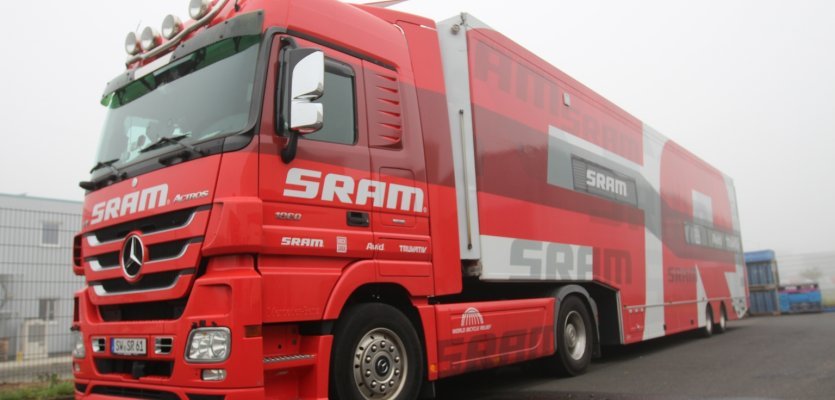
bc visits SRAM
The bike-components crew pays the world's second largest components manufacturer a visit. A fascinating look behind the scenes at SRAM's design center.
At the end of October, a small bc delegation made their way down to Schweinfurt, in southern Germany, to visit SRAM. We were there for theoretical and practical product and customer service training courses as well as a tour of the SRAM facilities. After a few quick hellos, we meet up with Chris Hilton (the XX1 product manager) who explained how XX1 went from being an idea to becoming a reality.
And then we were off to dinner.
The Tour
On the next day, we all met back up at SRAM to continue our visit. Quick side note: SRAM is located in Schweinfurt because they bought a company known as Sachs who were experts in hubs, cassettes, and chains that was located there. We were greeted by Tibor who led us into the foyer. Adorning the walls were every iteration of the XX1 1x11-speed drivetrain. Another treat was seeing Danny Hart’s Downhill bike. It really is something to see the bike live compared to only ever having seen it on TV.
One of the more noticeable things is the fact that almost every employee comes to work with their bicycles. SRAM has outfitted their entire operation to accommodate cyclists with showers and an indoor bicycle wash station. Walking in you get the feeling that SRAM not only promises cycling experience, you know that they live it.
We then had a quick cup of coffee and the grand tour was underway. Along with Tibor, Michael Saalbach and Frank Schmidt took us around the R&D department. Individual testing stands and prototypes were shown, including the XX1 development process. The Schweinfurt facility deals with design, pre-production and testing before products are sent from Germany to Asia. An interesting fact, SRAM does not keep products in stock. All current products have a shipping time of 4 weeks and everything is delivered just in time.
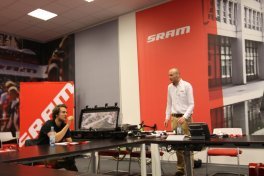
-
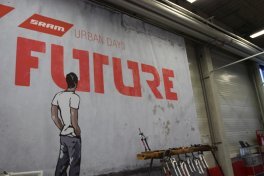
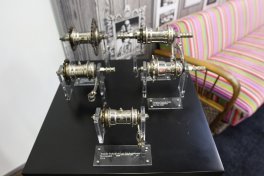
-
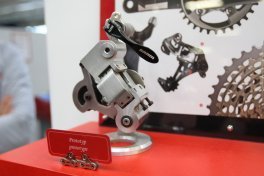
-
Marketing
After leaving the R&D department, we headed to marketing. We learned here that all the professional teams, MTB and Road, are outfitted with components from Schweinfurt. That’s why the marketing department is full of parts, stands, and of course marketing materials. Outside, we were allowed to take a look at the SRAM truck that gets taken to events and is one of two such trucks that SRAM has. The other is based in the U.S.
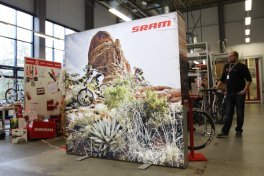
-
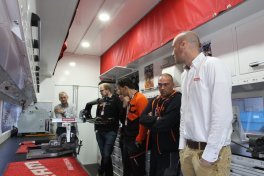
-
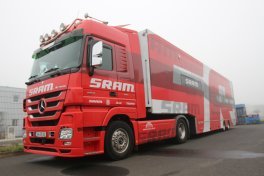
-

-
SRAM Customer Service
At the end of our tour we met up with Andrea from the night before who is responsible for customer service. Everything is taken care of here, from regular service to customer repairs. The interesting thing about SRAM’s customer service is that every employee is outfitted with a headset to allow them the chance to deal directly with customer concerns while working on a repair. Also, SRAM encourages customers to work on their own bikes which and publishes all the tech docs that their mechanics have access to.
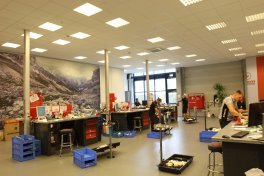
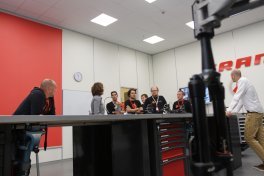
-
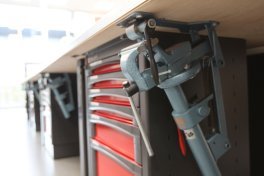
-
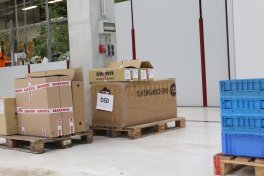
-
Product Training
The second part of the day had us learning about SRAM’s new products. Michael and Felix learned about servicing 2015 rear shocks and the rest of us were told the story behind the new 1x11-speed drivetrains from Chris Hilton. Mostly we talked about the advantages of the XX1 system. One of the biggest ones being the parallel shifting derailleur that prevents ghost shifting from both the rider’s and chain’s weight even when everything starts to wear. The best thing, however, is the single chainring in the front. Every user can decide how large the chainring needs to be depending on the type of riding they do.
Our next break was held with Chris at the pump track right outside the SRAM headquarters. We had been waiting for this moment since we got there. It is such a great feeling to have a chance to ride in places you only see or read about in magazines or online. After a half hour of riding we continued on.
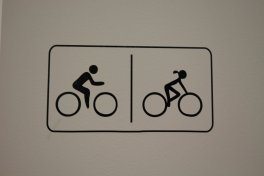
-
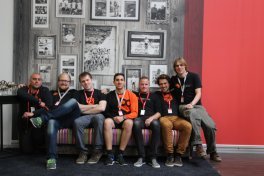
-

-
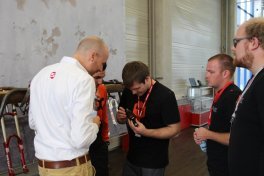
-
The SRAM Group in Summary
With 3000 employees, 15 branches in 9 countries SRAM has, since its’ founding in 1987, grown to become the second largest bicycle components manufactures in the world. It all started with the GripShift and after buying out companies like Sachs, RockShox, and Avid, they now produce almost every component that makes up a bike.
However, SRAM does more than just produce bikes, they work on many charity projects as well. Bicycle infrastructure projects are a large part of the SRAM Cycling Fund. The SRAM Cycling Relief program supports underprivileged individuals with bikes. For example 50,000 African students and teachers received bikes for their their commutes to and from school. This is one more reason why SRAM stands out from the rest.
At this point, I would like to thank Tibor and the entire SRAM Team in Schweinfurt for the quick look behind the scenes and all the helpful information.
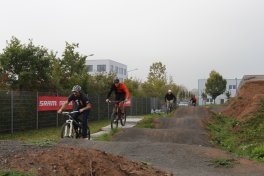
-
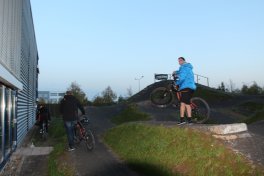
-
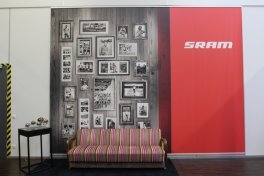
-
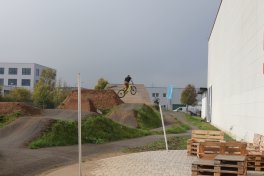
-

